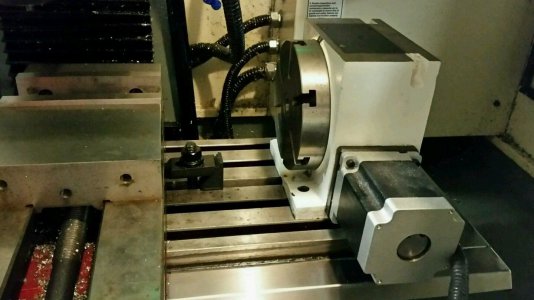- Joined
- Nov 23, 2014
- Messages
- 2,606
Depending on the gear profile you may be able to cut it flat. The tightest inside radii you can cut will be the radius of the cutter.
With CNC your imagination is pretty much your limit. Depending on the gear, you could rough cut it with a larger end mill, then do a tool change to get into the tight corners.
Seems like a lot of clock and hit/miss engine fly wheels use decorative shapes for the spokes. You could CNC the shape, then go convention for the gear cutting.
Bruce
With CNC your imagination is pretty much your limit. Depending on the gear, you could rough cut it with a larger end mill, then do a tool change to get into the tight corners.
Seems like a lot of clock and hit/miss engine fly wheels use decorative shapes for the spokes. You could CNC the shape, then go convention for the gear cutting.
Bruce




